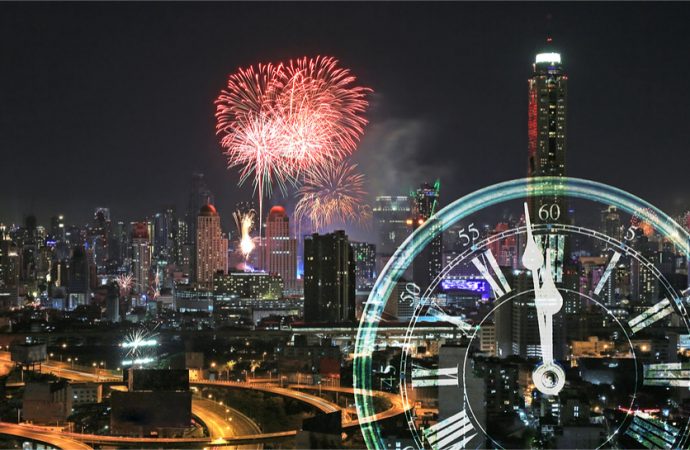The countdown for the end of the year 2016 is going to be one second longer, thanks to a “leap second” that will be added on to the end of it, according to Science Alert.
Yes, even after we got an additional leap day back in February and once we get to 11:59:60 on New Year’s Eve, this year still won’t be over. We’ll have one more second added before we can ring in 2017.
The final minute of 2016 will actually be 61 seconds long.
Many of us can’t wait to see the end of 2016. This was a year that brought the deaths of many beloved musicians like Prince, George Michael, David Bowie, Glenn Frey and Frank Sinatra; actors like Alan Rickman, Carrie Fisher and Gene Wilder; scientists like Vera Rubin and Marvin Minsky; historical icons like John Glenn; and even many well-loved authors such as Harper Lee and Elie Wiesel.
That said, it will take one second more to get to 2017. The leap second will be added to 2016 to make up for the fact that Earth’s rotation is gradually slowing down and to ensure that our most precise clocks stay in sync.
The Paris Observatory in France, which houses the International Earth Rotation and Reference Systems Service (IERS) that is responsible for synchronizing time, explains that adding this second is necessary to keep astrological time aligned with Earth’s clocks.
“This extra second, or leap second, makes it possible to align astronomical time, which is irregular and determined by Earth’s rotation, with Coordinated Universal Time (UTC) which is extremely stable and has been determined by atomic clocks since 1967.”
Phys.org explained that Earth’s rotation is not absolutely regular. It sometimes speeds up and sometimes slows down, but in general it is gradually slowing overall. A number of factors cause the irregularity, including the moon’s forces, which are also responsible for ocean tides.
Earth’s rotation is also influenced by geological events such as strong earthquakes. Even the freezing and melting of ice sheets can have an effect.
As a result, astronomical time, which is based on the length of a day on Earth, gradually falls out of sync with atomic time, which is measured by hundreds of incredibly accurate atomic clocks around the world. Leap seconds need to be occasionally added in order to keep us on track.
The last leap second was added on June 30, 2015. The extra second is usually added to either the end of the year or the middle, since our technology has trouble handling it during any other time of the year and it can wreak havoc with computer systems.
There is a movement calling for the rejection of leap seconds, which would result in time being two or three minutes out of sync with the position of the Sun by 2100 and about 30 minutes out of sync by the year 2700. New Scientist reports that some scientists in the United Kingdom are arguing that it’s time to get rid of the system of adding leap seconds.
The UK government even held a public forum to discuss the matter in 2015. The consultation was intended to begin an international discussion about whether the leap second added in June of 2015 should be the last time. Proponents of leap seconds say that they “represent a historical connection between astronomical motion and the passage of time that should not be broken.” On the other hand, opponents think the leap-second system is “hopelessly muddled and not fit for purpose in our fast-paced, networked world.”
Obviously, the leap seconds won out in the short term, as we will be getting this extra one on December 31.
The year 2016 was a day longer, as well. It was a leap year, with an additional day added in February.
Source: Inquisitor

































Leave a Comment
You must be logged in to post a comment.